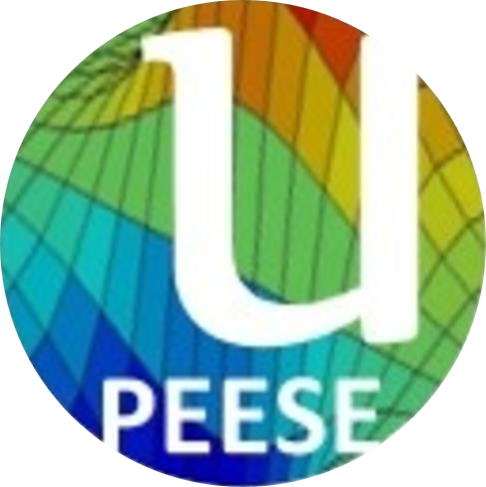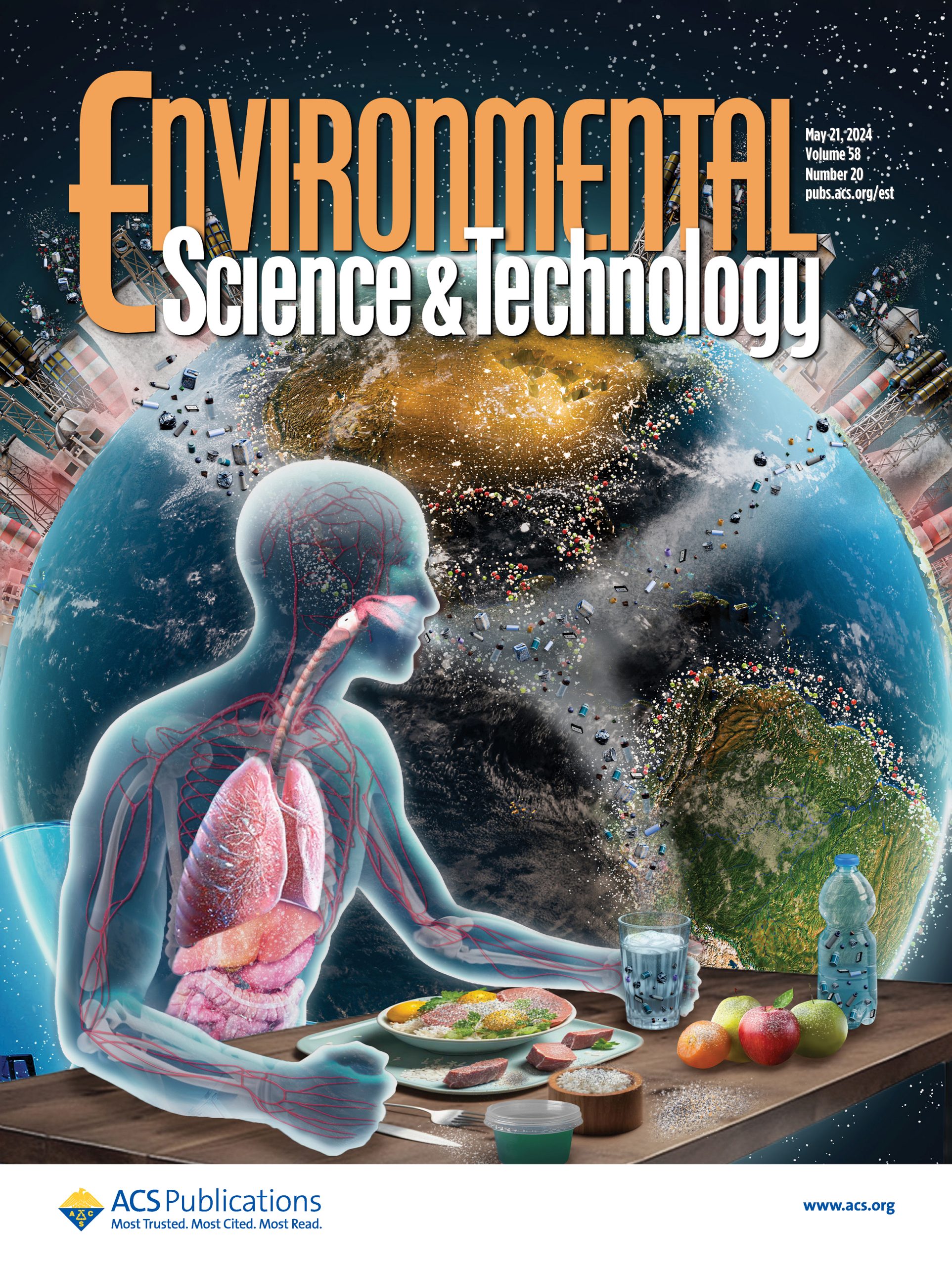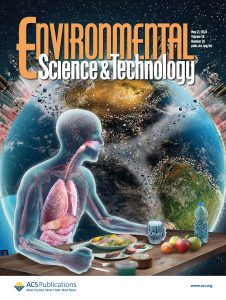PEESE’s recent publication, “Microplastic Human Dietary Uptake from 1990 to 2018 Grew across 109 Major Developing and Industrialized Countries but Can Be Halved by Plastic Debris Removal,” is featured on the cover of the May 2024 issue of Environmental Science & Technology. This study provides groundbreaking insights into global microplastic ingestion and potential solutions to mitigate its impact.
About the Research
The study maps the dietary and inhalation uptake of microplastics across 109 countries, spanning nearly three decades. By combining comprehensive data analysis with sustainability modeling, the research highlights:
- The global disparities in microplastic consumption, with some regions disproportionately affected.
- How targeted efforts, such as plastic debris removal, could cut microplastic ingestion by half.
This work underscores the urgent need for international collaboration to address plastic pollution and its effects on human health.
Media Coverage
The study has garnered significant attention from global media outlets, emphasizing its relevance and impact. Coverage includes:
- Cornell Chronicle: Study maps human uptake of microplastics across 109 countries
- Also featured in Phys.org, Envirotec Magazine
- Daily Mail: Revealed: The countries where people unwittingly eat and inhale the most microplastics – and it’s bad news for Britons
- Head Topics: Indonesian Population Consumes the Highest Microplastics in the World
- The Science Times: Top Plastic Particle Consumer? Countries With Highest Microplastic Consumption, Inhalation Revealed in New Study
- Earth.com: Human microplastic ingestion levels mapped across 109 countries
- The Straits Times: Malaysia tops list of countries with highest microplastic consumption
- The Star: Malaysia eats more plastic every day than 108 other countries, study finds
- Also featured in South China Morning Post
- WION: South Asian diet swamped with microplastics; China, Mongolia breathe bulk of plastics
- PressNewsAgency: Southeast Asia tops global intake of microplastics
- Newsweek: Foods With the Most Plastic Chemicals: Study Reveals Surprising Results
- Newsweek: Microplastic Map Reveals Countries Consuming the Most
- Also featured in The Herald
This research highlights the critical intersection of environmental pollution and human health, providing actionable insights for policymakers and researchers. By identifying regional consumption patterns and proposing scalable solutions, the study contributes to global efforts to mitigate the impact of microplastic pollution.


